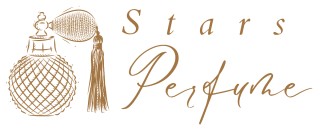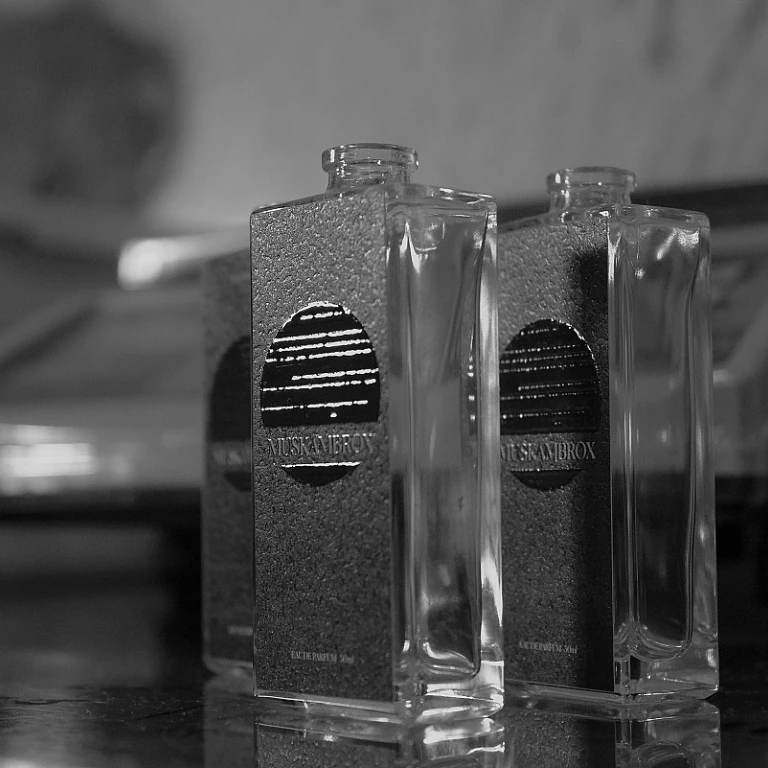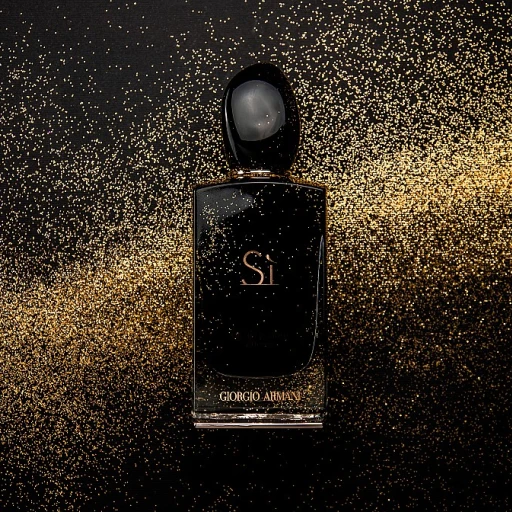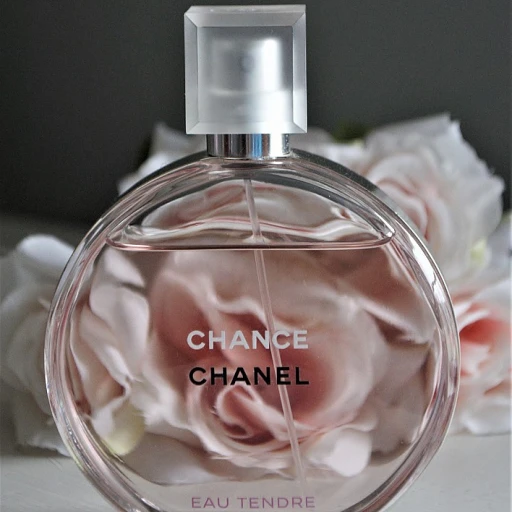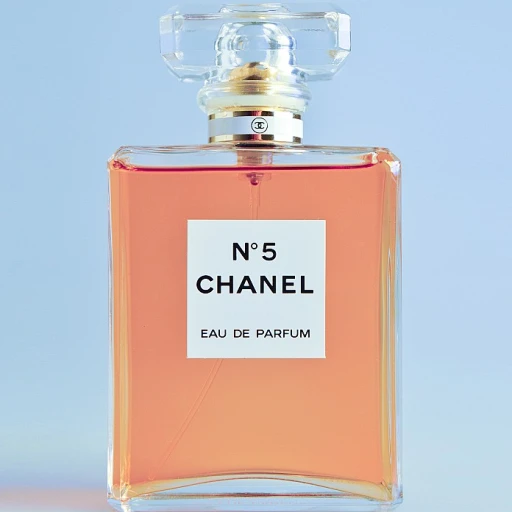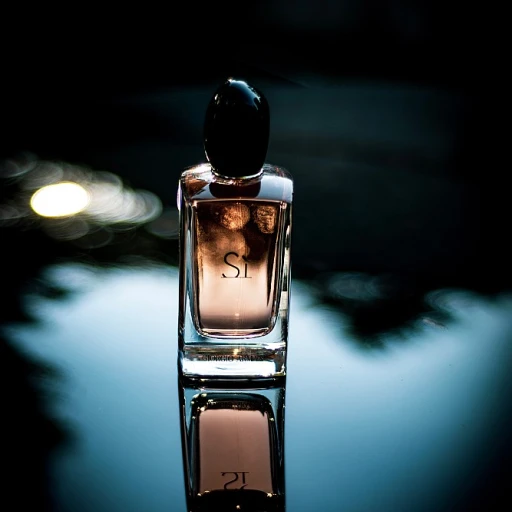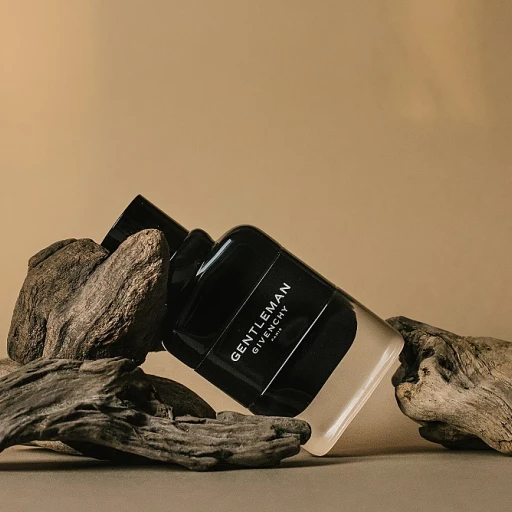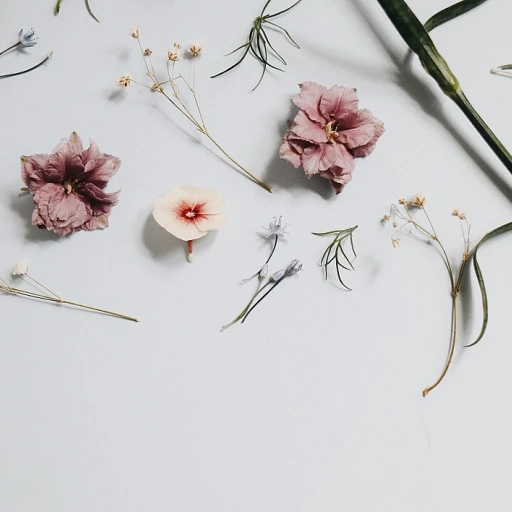
The Basics of Fragrance Concentration
Unveiling the Essence: Understanding Scent Levels
Delving into the world of fragrances is akin to an exploration of art and science combined, with fragrance concentration as a pivotal aspect. This term refers to the ratio of perfume essential oils to the total volume of the bottle. In simple words, fragrance concentration determines how much of the mixture is comprised of pure fragrance oils as opposed to alcohol and water. Whether you reach for eau de toilette, eau de parfum, or parfum, understanding what each concentration type can offer enhances your olfactory experience. Fragrance concentrations are not merely about the intensity of a scent; they significantly affect how long the scent will last on your skin and the way it projects, known as sillage. When it comes to concentrations, fragrance followers often engage in a dynamic dance between personal preference and the technicalities of scent development. From the highest concentrations, extrait de parfum, typically boasting 20-40% oil content, to lighter eau de cologne and eau fraiche versions, each has a role in the fragrance wardrobe for everyday wear or special occasions. Higher concentrations contain richer base notes which linger on your skin for hours, providing that luxurious, long-lasting signature aroma. Understanding these concentration differences helps refine your choices, allowing you to select fragrances that align with your lifestyle, ensuring both the oils and notes are perfectly sturdy. If you're curious to learn how you might begin personalizing your fragrance journey or even create your own perfume, a deep dive into customizing scent concentration can be quite enlightening. Discover more about this intriguing process here. Knowledge of fragrance concentrations not only enriches your understanding but also opens doors to experimenting with an array of beautiful scents that suit any mood or occasion. As you expand your collection, caring for these precious flacons helps maintain their integrity and longevity, encouraging an enduring fragrant presence in your life.Different Types of Fragrance Concentrations
Exploring the Spectrum of Fragrance Concentrations
When enveloping yourself in a fragrance, have you ever pondered the composition that makes one scent more delicate or another more arresting? The answer lies in the concentration of perfume oils within the blend. Understanding these differing concentrations can guide enthusiasts toward finding their preferred form of scent, whether it's a subtle eau fraiche or a powerful extrait parfum.Finding the Balance: Concentrations Explained
- Extrait Parfum: At the pinnacle of intensity, extrait parfum stands out with a perfume oil content ranging from 20% to 40%. This concentration offers the most decadent and long-lasting fragrance experience. Encompassing rich notes, it's best reserved for special occasions where persistence and depth are desired.
- Eau de Parfum: Comprising 15% to 20% perfume oils, eau de parfum strikes a harmonious balance between sillage and longevity. Ideal for daily wear, it radiates moderate projection, ensuring your presence is marked without overpowering.
- Eau de Toilette: With 5% to 15% concentration, eau de toilette is categorized by its versatile role, extending fresh top notes that are perfect for daytime engagements. Though lighter, its refreshing nature makes it favorable in warmer climates or for those who prefer a less intense expression.
- Eau de Cologne and Eau Fraiche: Representing the gentlest of scent concentrations, eau de cologne and eau fraiche offer 2% to 5% and 1% to 3% perfume oils respectively. These fragrances serve as an invigorating splash, suitable for a fleeting freshness.
Streamlining Your Choice
Navigating the abundant array of fragrance concentrations can be overwhelming. Not only does concentration influence the duration a perfume will last on the skin but also how the fragrance unfolds and evolves over the hours. In tandem with understanding individual preferences, exploring the art of after shave balm can further enhance one’s aromatic journey. Whether you indulge in the opulence of an extrait parfum or savor the subtleness of an eau fraiche, let the scent you choose echo your unique style and occasion.How to Choose the Right Concentration for You
Finding Your Signature Scent: Navigating Fragrance Concentrations
Choosing the right concentration of your favorite fragrance or perfume can be a task that requires some understanding about how various concentrations perform on the skin. Fragrance concentrations dictate not only the strength but also the longevity of the scent. Here are some insights to help guide your choice:
- Personal Preference: It ultimately boils down to what scent strength you enjoy. If you prefer a lighter touch, an eau de toilette might suit you well. For more intense perfumes that last longer on the skin, you could opt for a parfum or extrait de parfum. Each level of perfume concentration offers a unique profile.
- Occasion: Consider the setting in which you'll wear your fragrance. For daily wear or office settings, lighter fragrance oils like eau fraiche or eau de cologne work wonders. For special occasions where you desire a long lasting impact, go for more concentrated oils like parfum or eau de parfum.
- Sensitivities and Personal Chemistry: Different skin types can react distinctly to various fragrance concentrations. Make sure to test fragrances on your own skin to check how the base notes develop over the hours. It's not uncommon for perfumes with high alcohol content, such as eau de toilette, to evaporate faster.
- Layering Scents: If you enjoy scent layering, selecting different concentration perfumes can create a complex olfactory experience. Blending a concentrated scent with another lighter note, like an eau de toilette with a cologne, can personalize your aroma further.
- Seasonal Adjustments: Seasonal changes often influence the types of scent concentrations we feel drawn to. Lighter, fresh concentrations like eau fraiche might feel invigorating in the summer, while richer perfume oils suit the briskness of winter.
Remember, fragrances have a personal significance and often reflect an individual's unique style. For more insights into understanding these transformative essences, explore more on the allure of perfumes that captivate the senses.
The Impact of Concentration on Sillage and Longevity
The Role of Fragrance Concentration in Sillage and Longevity
The perfume concentration directly influences both sillage—how far the scent travels from your skin—and longevity, which refers to how long your fragrance lasts. Understanding these aspects ensures you get the most out of your parfum journey.
Higher concentrations like extrait de parfum boast less alcohol and more perfume oils, offering a potent punch that lasts anywhere from 6 to 8 hours or even more, depending on your skin chemistry. This means that a top fragrance remains evident, providing longer enjoyment and ensuring a longer-lasting experience.
In contrast, lighter concentrations like eau de toilette or cologne often have higher alcohol content, with less concentrated fragrance oils. While not as long-lasting as their richer counterparts—as they usually fade after 4 to 6 hours—they offer a subtler sillage, making them ideal for daytime wear or for those who prefer a more understated scent profile.
Not to be overlooked, the notes play a role too. The top notes are often the first to fade, allowing base notes to linger longer. If you're after a long-lasting scent, seek perfumes with a rich base, often incorporating oils from patchouli or sandalwood.
Whether you favor a light eau or a dense extrait, understanding how concentration impacts sillage and longevity can guide your fragrance choices and enhance your olfactory wardrobe. For special occasions where you wish to make an impression, opting for higher concentrations can ensure your presence is remembered long after you leave the room.
Fragrance Concentration and Seasonal Preferences
Adjusting Fragrance Preferences as Seasons Shift
The changing seasons bring about a fresh perspective on the perfumes we choose to wear. The warmth of summer may call for lighter, refreshing scents, while the cold embrace of winter beckons more intense, cozy aromas. Understanding how different concentrations can impact this is crucial for every fragrance enthusiast.During warmer months, opting for an "eau" concentration, such as eau de toilette or eau de cologne, can be refreshing. These concentrations typically contain a higher percentage of alcohol and lower levels of perfume oils, ensuring that the fragrance doesn’t become overwhelming under the sun and yet retains a light presence for several hours.
In the cooler months, heavier concentrations like extrait de parfum or parfum eau come to the fore. These concentrations have a higher percentage of fragrance oils, providing a long lasting scent that lingers on your skin, enveloping you in layers of warm, rich notes.
Tips for Seasonal Fragrance Switch:
- Spring/Fall: Opt for moderate concentrations like eau de parfum. The balance of oil content will ensure the scent lasts without overpowering.
- Summer: Choose exhilarating crisp eau de fraiche or eau de toilette to avoid heavy scents clashing with the heat.
- Winter: Embrace heavier extrait de parfum or perfume oils for a scent that complements the chilly air.
Ultimately, the concentration of your chosen fragrance in conjunction with the season can enhance your perfume experience. Experimenting with seasonal switches not only matches your scent to your environment but allows you to discover new daily favorites for special occasions throughout the year.
Caring for Your Fragrance Collection
Proper Handling and Storage of Fragrances
To ensure your fragrances maintain their captivating scent and longevity, it's important to handle them with care. The concentration of a perfume, be it an eau de parfum or an eau de toilette, plays a role in how you should store it. Generally, the higher the concentration, such as in extrait parfum, the more sensitive the fragrance becomes to external factors.
Ideal Storage Conditions
Exposure to light and heat can significantly alter the composition of your fragrance. It's advisable to store perfumes in a cool, dark place away from direct sunlight. A closed cabinet or drawer can be an ideal spot. Humidity can also affect scent integrity, making bathrooms an unsuitable location for prolonged storage. For scents like eau fraiche and eau cologne, which often have higher alcohol content, this can prevent the evaporation of vital oils and fragrance concentrations.
Preservation and Usage Tips
Avoiding excessive air contact is key to prolonging the life of your perfume oils and eau de parfum. Keeping the bottle tightly closed when not in use prevents the top notes from evaporating. This is especially pertinent for lighter concentrations like eau de toilette, which might not be as long lasting as their higher concentrated counterparts.
When applying, spray on clean, well-moisturized skin to enhance the fragrance’s ability to cling to your skin, allowing the base notes to develop fully over the hours. For those who enjoy layering scents, understanding how different oils and concentrations interact is essential in crafting a harmonious olfactory signature.
Considerations for Your Collection
Fragrances have a lifespan that varies according to their notes and concentration. A general guide is that lighter concentrations, such as eau fraiche, tend to have a shorter shelf life compared to heavier perfume oils. Be mindful of changes in scent; if a fragrance shifts to a sour smell or the liquid alters color significantly, it might be time to let it go.
By appreciating these nuances and caring for your collection, you can enjoy your perfumes’ full potential, ensuring they retain their original charm, ready for any special occasion or daily indulgence.
